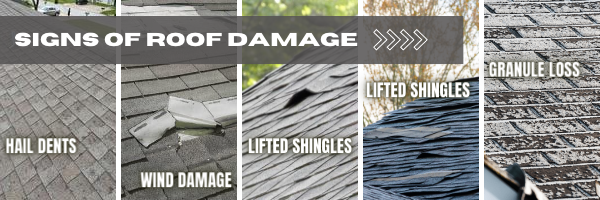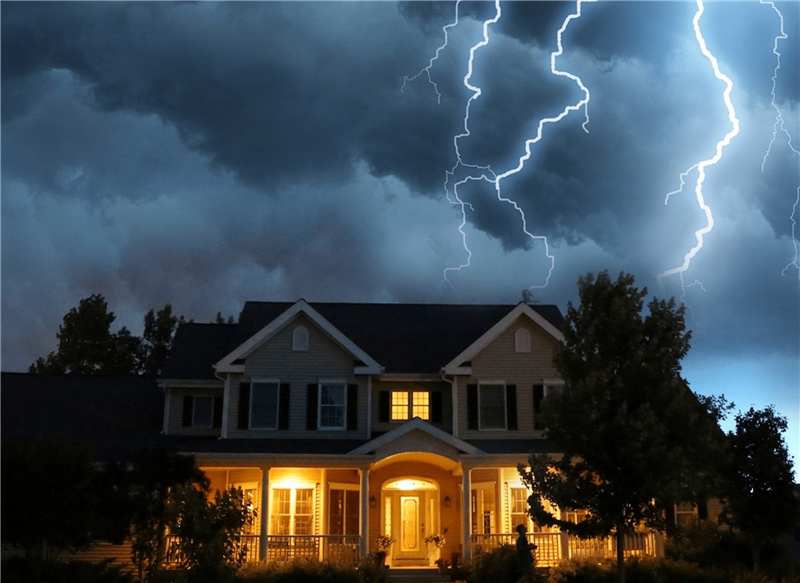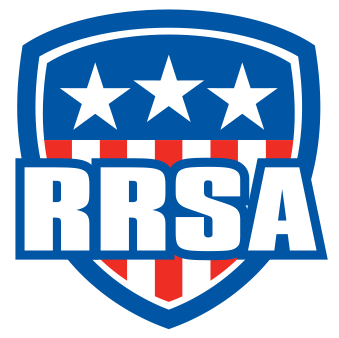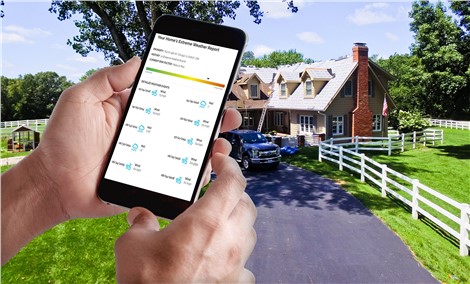RRSA Vero Beach makes it our mission to keep our blog readers informed about all things affecting their roofs. As a way to do that, we would like to share the following information, courtesy of the National Roofing Contractors Association, that covers everything you need to know as a South Florida homeowner when your roof has been affected by a hailstorm.
Your Roof After a HailstormSelecting a roofing contractor
Often following a natural disaster, unprofessional contractors will try to take advantage of unsuspecting homeowners. If it is necessary to hire a roofing contractor, you should keep a healthy skepticism about the lowest bid. If it sounds too good to be true, it probably is. Price is only one criterion for selecting a professional roofing contractor; professionalism and quality workmanship also must be considered. Take some time to evaluate potential contractors before any re-roofing work begins.
A professional roofing contractor should have all of the following:- A permanent place of business Knowledge of various roof systems Proof of insurance and an effective safety program Evidence of industry professionalism, such as proof of training, manufacturer certifications, association membership, business account balance statement, etc. Continuing industry education Financial stability A written proposal A license and/or be bonded Warranties References in your state (Proceed with caution if the contractor only provides out-of-state references.) A maintenance program
Unlike interior damage and external damage, you can see at eye level, inspecting roof system damage involves climbing a ladder on a potentially unsound, storm-damaged structure. Be sure to proceed with caution, and do not attempt an inspection alone. Assessing hail damage is accomplished by a roof system inspection, which usually occurs several days to several months after the hail event. Determination of whether hail actually fell at a site may be made through statements and weather reports. Inspection of thin, aluminum fixtures helps verify hail impact. Hail damage to asphalt shingles includes granule loss, material removal at the edges of shingles and penetration. New asphalt shingles are more resistant to hail impact than older shingles because asphalt becomes more brittle with age. Most hail-related damage is cosmetic and will not affect the life of roof shingles. In cases of severe wood splitting, significant granule loss, shingle penetration and fracture, shingle replacement may be required. Except in extreme situations, do not attempt roof system repairs. The puncturing of a blister (shingle expansion caused by trapped gases such as air or water vapor) or the spreading of a coating or mastic covers up evidence a roofing contractor needs to ascertain the problem. Roof openings should be temporarily covered with tarpaulins to minimize rain damage. Wear long pants, a long-sleeved shirt, sturdy shoes or boots and work gloves. Do not attempt to climb a ladder in the dark or on unstable ground.
Roof Repair After a HailstormPrepare to file an insurance claim by gathering copies of your homeowners policy, or track down your policy number(s), and call your insurance company as soon as possible after the hail event to request a hail damage assessment. The insurance company must determine two things when assessing the amount of your loss: 1. Is there sufficient damage to the roof system to declare it a total loss? 2. What is the size of the roof system, and how many shingles will be needed to replace it? Call a reputable roofing contracting company and ask for the same inspection. If there are any discrepancies between the insurance adjusters findings and the roofing contractors findings, you may request a re-inspection. During a re-inspection, the adjuster meets with the roofing contractor to review your roof damage together. Re-inspections are common.
Some shingle manufacturers list products that conform to Underwriters Laboratories Inc.s test standard UL 2218, Impact Resistance, which classifies the resistance of a particular product to simulated hail impact. A Class 4 rating is the most resistive to simulated hail impact, while a Class 1 rating is the least resistant. Some insurance companies are reducing premiums when Class 4 shingles are used.
Free hail-damage information for homeowners Impact-resistant Roofs: Smart Steps to Reduce Hailstorm DamageNRCA also provides consumers with a free, online learning experience that consists of four self-paced learning modules: Why Impact-resistant Roofs? An Introduction Steep-slope Roof System Basics Impact-resistant Products, Ratings & Building Codes Impact-resistant Roofs: Making Decisions The modules teach homeowners and other consumers about the benefits of installing impact-resistant residential roofing products. Upon program completion of the free program, you will be able to: Understand roofing issues and problems associated with hail impact Participate in informed discussions with roofing contractors regarding impact-resistant roofing products Each module within the program takes about 20 minutes to complete and does not need to be taken in a specific order.
The free consumer program is available online. Here is the link.Tags
hail south florida rrsa vero beach south florida roof after hailstorm south florida roofers vero beach roofersSubscribe to Roofing Restoration Services of America (RRSA)'s Blog








Comments